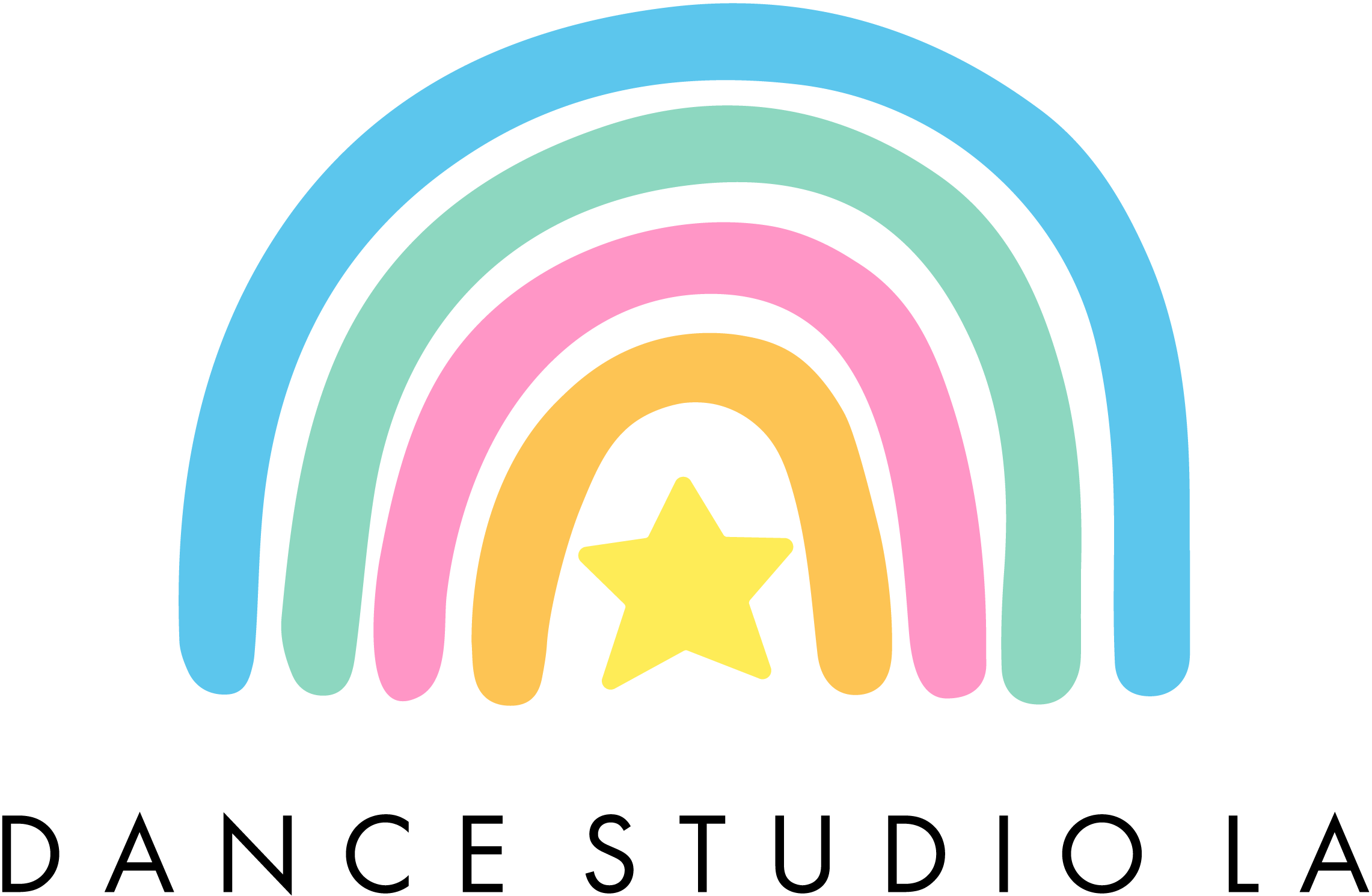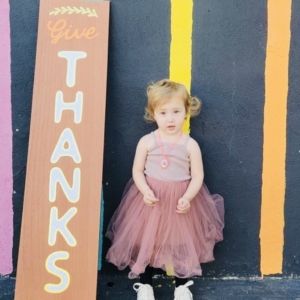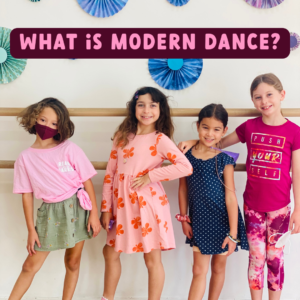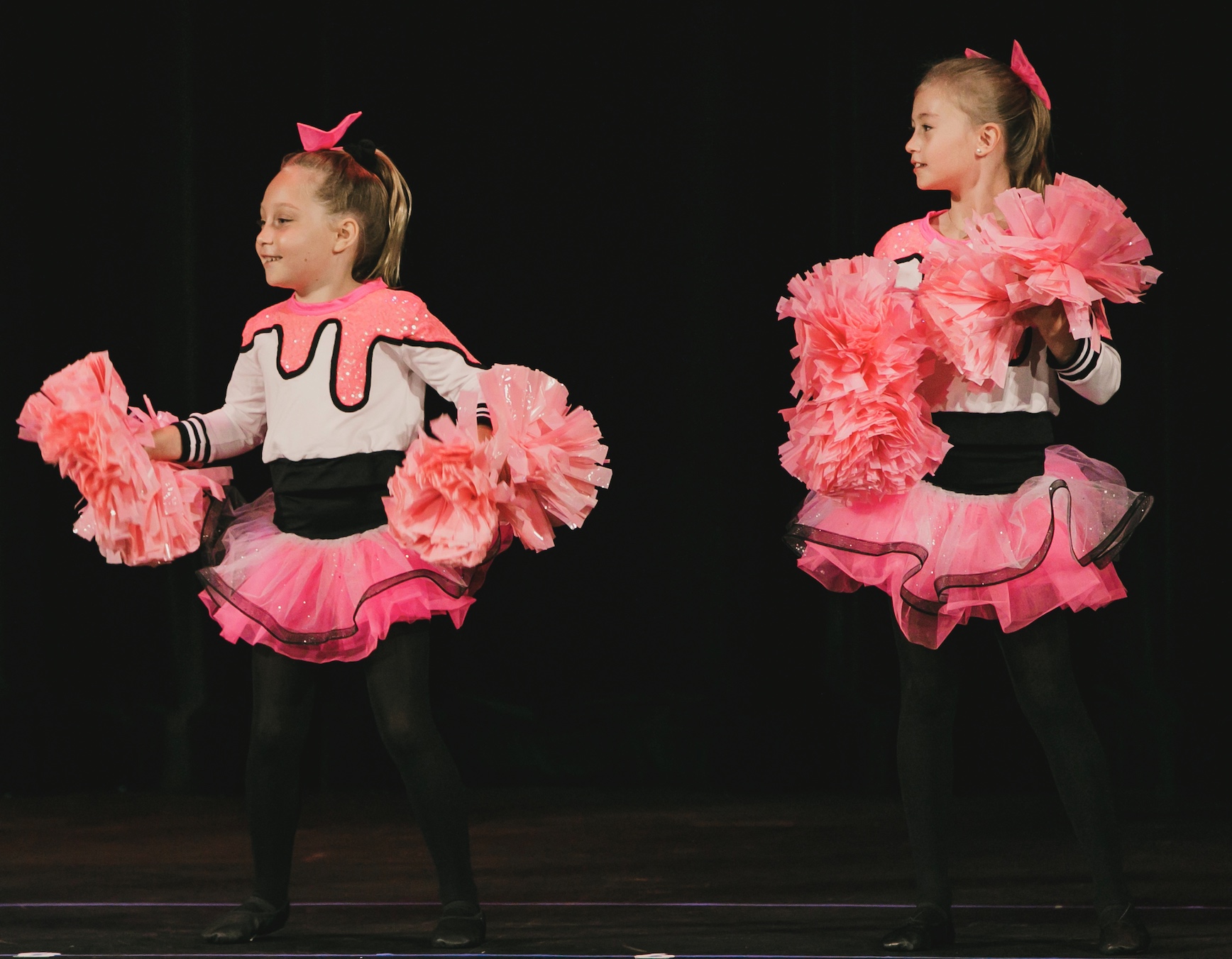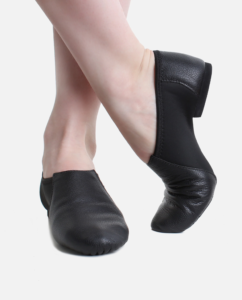TURKEY GAMES TO PLAY WITH YOUR DANCER AT HOME
Game 1: In the style of Simon Says
Spread the players across the room.
Have them listen for “Gobble Gobble Turkey Says!” before doing any dance moves.
This is a great game to help keep your child’s understanding of the terminology over break while having some fun.
Here are some terminology suggestions:
Ballet Terms:
Plie
Tendu
Releve
Jazz Terms:
Chasse
Ball change
Kick
Or you can make it more Thanksgiving themed:
Hug a friend or Move like a Turkey
No matter what dance move you shout, be sure that “Gobble Gobble Turkey Says” to do the dance move!
Game 2: In the style of Mother May I
Line all the kids up in a straight line behind a jump rope. They must ask “Gobble Gobble Turkey May I” if they can do a dance move to advance forward.
EXAMPLE:
“Gobble Gobble Turkey may I do three hops forwards?”
Gobble Gobble Turkey says yes or no. If no they must give the dancer a better option:
“No you may not, but you may do 3 frog hops forwards!”
Before the dancer can do their dance move they must repeat “Gobble Gobble Turkey May I?”
If they don’t, they cannot do their dance move til the next round.
The person who makes it to Gobble Gobble Turkey first should win a prize!
